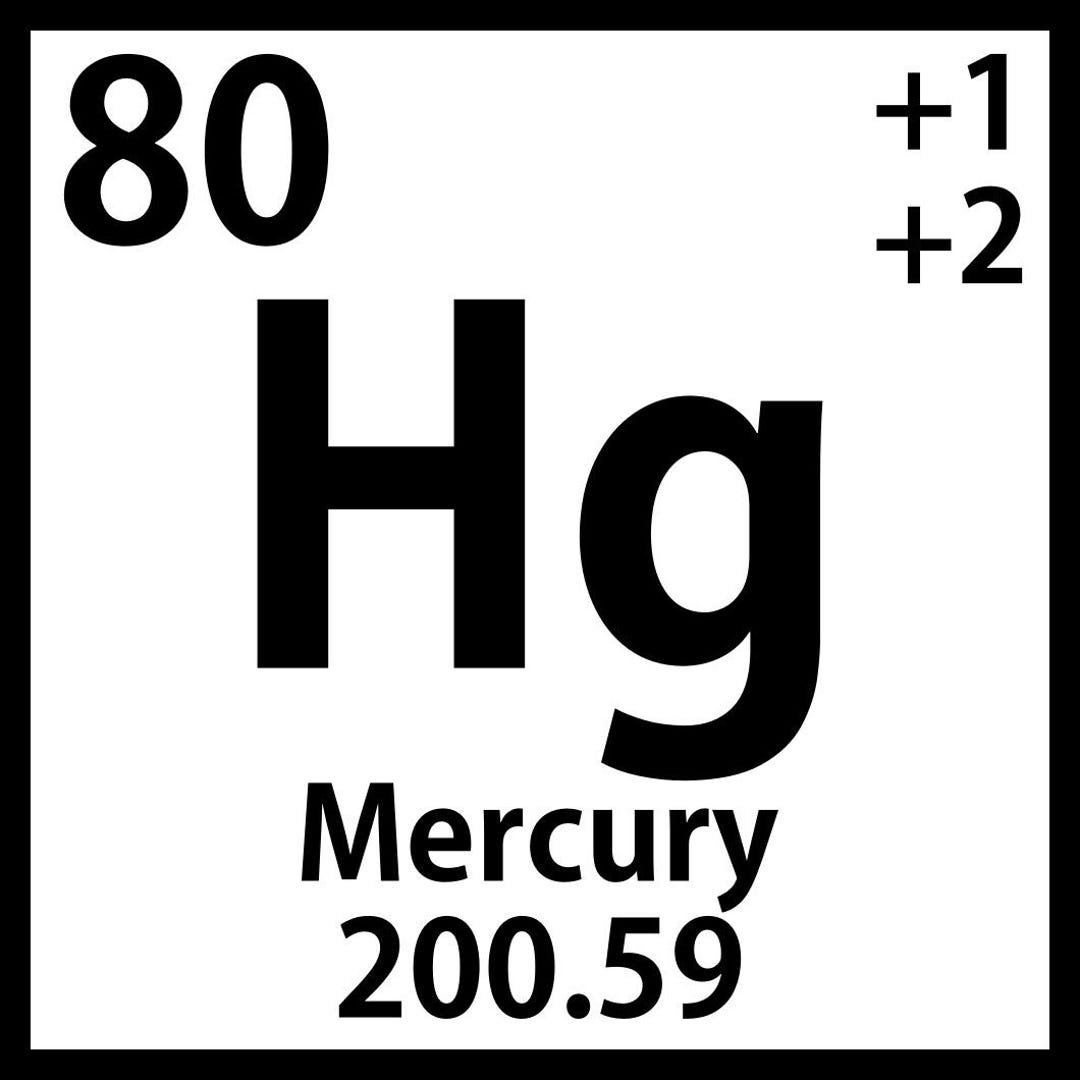The Periodic Table organizes the elements by this property
What is chemical properties
This number is the atomic number of this element.![]()
What is 7?
This number is the average atomic mass of this element.![]()
What is 14.0067?
This kind of charge is seen in atoms that have more protons than electrons
What is a Positive Charge?
The amount of valence Electrons in a group 2 element.
What is 2 valence electrons?
The Periodic Table’s Rows are called this
What are periods?
This number is the atomic number of this element.

What is 80?
This number is the average atomic mass of this element.

What is 200.59?
This kind of charge is seen in atoms that have more electrons than protons
What is a negative charge?
The amount of valence Electrons in a group 15 element.
What is 5 valance electrons?
In the Periodic Table’s Rows, all elements in the same row have the same number of this.
What is number of electron rings?
This is the atomic number of an element with 8 Protons and 4 Neutrons.
What is 8?
This is the atomic mass of an element with 8 Protons and 4 Neutrons.
What is 12?
The net charge of Sulfur, S, if it has 16 protons and 15 electrons
What is a +1 charge?
The amount of valence Electrons in Aluminum, Al.
What is 3 valence electrons?
The Periodic Table’s Columns are called this.
What is groups or families?
This is the atomic number, or how many protons Bromine, or Br, has with a specific atomic mass of 71.
What is 35?
This is the number of neutrons in Bromine, or Br, when it has with a specific atomic mass of 71.
What is 36?
The net charge of Arsenic, AS, if it has 33 protons and 35 electrons.
What is -2 charge?
The amount of valence Electrons of Helium, He
What is 2 valence electrons.
In the Periodic Table’s Columns, all elements in the same column have the same number of this.
What is Valence electrons.
What is the effect of the protons dictate the number of electrons in a neutral atom, also effecting bonding and Chemical properties.
This is caused by the atomic masses not always increasing throughout the periodic table.
What is the reason the Periodic Table is organized by atomic number rather than atomic mass, as seen with elements like tellurium and iodine where chemical properties align better with proton number
The net charge of Lead, Pb, if it has 82 protons and 82 electrons.
What is 0 charge?
The requirement to subtract ten from the group numbers of columns 13 - 18 to get their valence Electron number is the consequence of this.